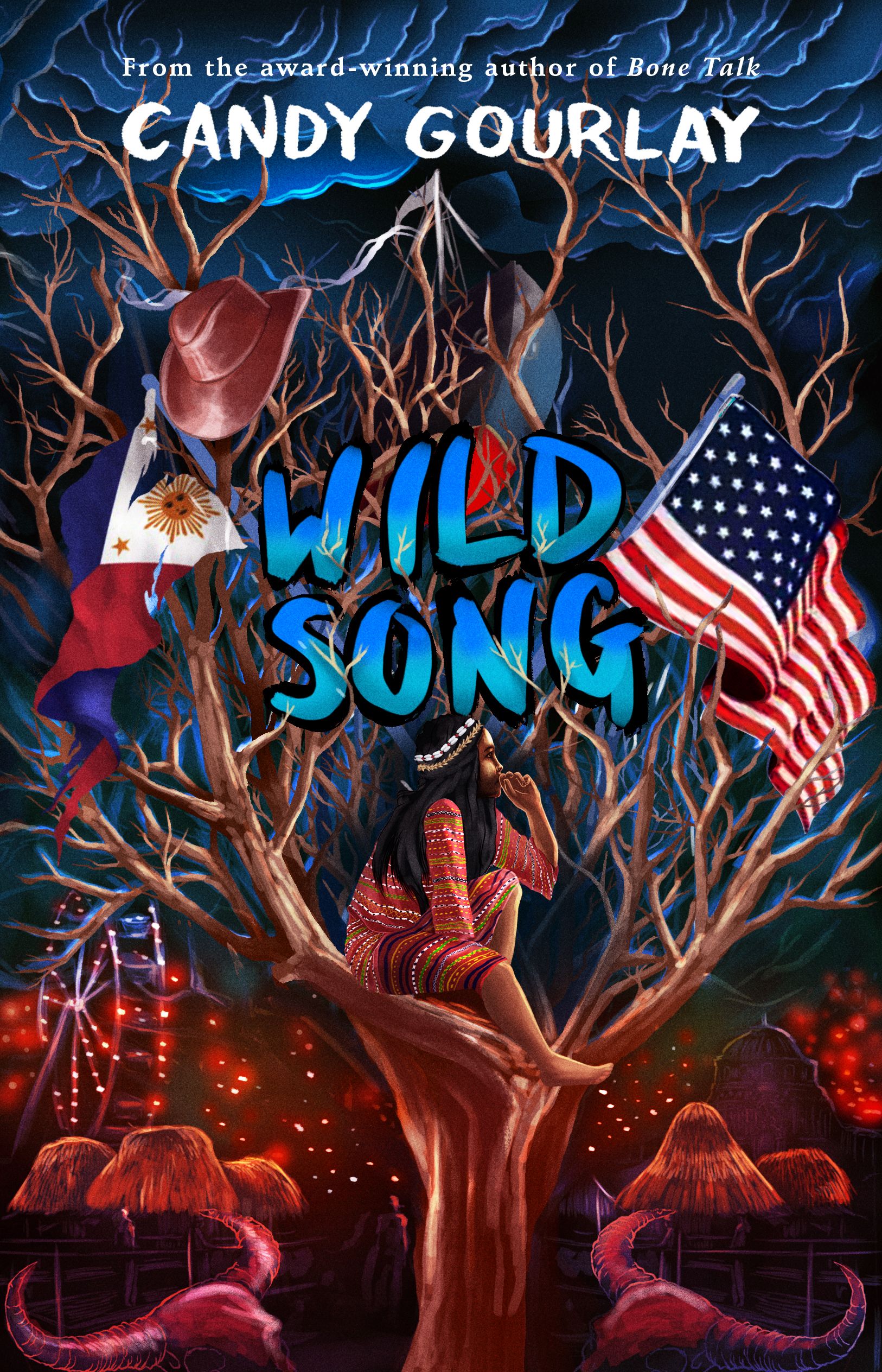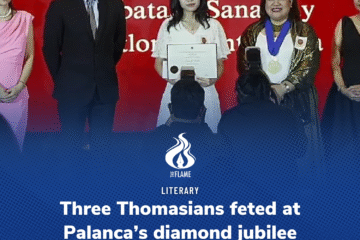
IS IT possible to communicate with the dead, or is it just a fabricated story to scare children?
The Ifugao people have a unique ritual for the dead called Bogwa, or bone washing, to honor, communicate and commemorate the dead. Bontok death rituals involve a variety of objects like sangachil or a death chair where the corpse is seated facing the entrance of its house.
Wild Song shows how different tribes practice their rituals and how their cultural beliefs converge in the center of a foreign country.
Published by Anvil Publishing, Wild Song is a historical novel by Candy Gourlay. She is a former journalist who worked during the People Power Revolution of 1986. She authored several books, including Tall Story, Shine and Bone Talk.
The novel follows the adventures of Luki, a teenage Bontok who wants to be a warrior. When her deviance angers the ancients, they try to wed her to Samkad, her best friend. Not wanting to be tied down just yet, she joins the World’s Fair with people from her village. Unknown to her, America is not the place she expected.
The novel uses the literary device of internal monologue, where Luki tells her adventures, plights and realizations to her deceased mother throughout the book. It was flawlessly executed as the story progressed smoothly, even when the protagonist spoke simultaneously between the living and the dead.
Staggering feminism
From the cover illustration, the readers can already see the role of women in the novel. The way Luki and Sadie Locket were written contributed to the sparse narration of the themes, causing a mesmeric effect on the readers.
Illustrator Leo Nickolls’ color scheme conveyed American colonialism in great detail. Red symbolized the blood spilled as the outcome of the colonial strategy to lure Filipinos into the imperialists’ bidding. At the same time, different shades of blue signified the cries and turmoils of the natives. These two colors were also present in American and Philippine flags, further expounding the aftermath of colonialism as the American flag remained intact. In contrast, the Philippine flag was shredded and barely hanging on the pole.
The garments employed in both the illustration and novel depict traces of social conformity. The cowboy hat that Sadie wears during her performance in The Pike signifies the people changing their appearance and personality to please others. In contrast, the girl in Bontok’s clothing in the center is Luki. She represents the people unwilling to yield to the colonizers. However, she looks at the American flag, which exhibits the American Dream.
“But, Looky honey, in this business, you gotta please your audience. If I have to erase my freckles
before every show, then maybe your men have to put on some pants.”
Apart from social conformity, sexism is prevalent in the narrative. There are many things women cannot do simply because of their gender. Luki is forced to hunt to avoid the ancients’ wrath secretly. Indigenous women are mandated to marry someone. As a result, some of them joined the World’s Fair. Despite being an American, Sadie changes her appearance every time she performs as a cowgirl in the fair with her horse Skyrocket to fit into the ideal beauty standards.
The title also had its metaphors as it presented the language barrier between the indigenous people and the Americans. The term ‘wild’ can be read as incomprehensible because of the vernacular language used, while ‘song’ was the message. It meant that Americans understood Wild Song as comical entertainment instead of tormented screams. It also portrayed glimpses of the horrific diaspora and oppression the native tribes endured in America.
This is where historical realism became evident in the narrative. Even though Wild Song is fictional, there was a World’s Fair in Saint Louis in 1904, better known as the Louisiana Purchase Exposition, where Americans harvested several Igorots’ brains. Indigenous tribes were seen as clownish primitive people tricked into participating in a human zoo for American entertainment. However, their substantial perspective allowed the readers to see the logic in their actions.
Sonic mutations
Aside from language barriers, sound mutations also occurred in the tale. Characters like Johnny and Stanley need to change their names because Americans cannot pronounce their actual names.
“Stanley,” I said. “What is your Filipino name?”
He looked surprised. “Estanislao. How did you know I changed it?”
I just knew.
Sadie also has problems pronouncing Luki’s name as she addresses her as “Looky” throughout the book. It shows how the burden of translation is placed on the shoulders of the Filipinos, sparing the Americans any effort to learn Philippine nomenclature and culture.
Lyrical storytelling was used to narrate the tale in a simple manner that did not drown the readers with its historical milieu—a unique, refreshing, coming-of-age that did not waver in tackling colonialism, sexism and racism head-on.
Gourlay’s Wild Song is a sequel to Bone Talk, a novel that narrates the adventures of young warrior Samkad in his home village. Although it works fine as a standalone, reading, the prequel certainly adds flavor to the story filled with Filipino themes and indigenous cultures.
Overall, Wild Song enlightens its readers to remember the exploitation and suppression of American colonialism. It is a reminder that indigenous people can also be among the Filipinos disillusioned with the American dream. As Filipinos tend to overlook crucial historical events, this book can prove that it did happen. F



